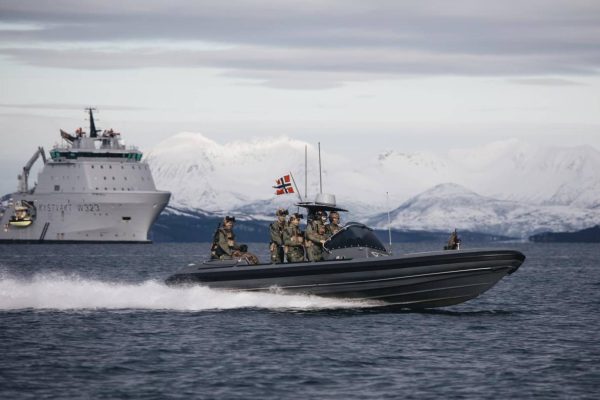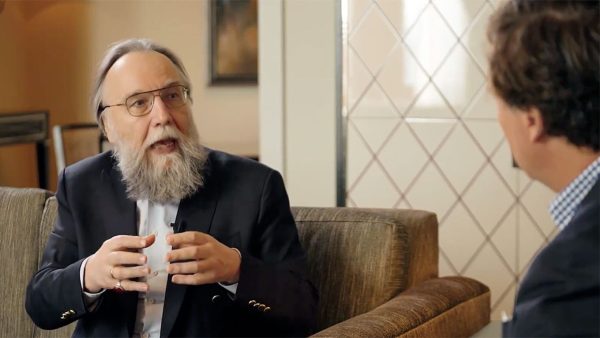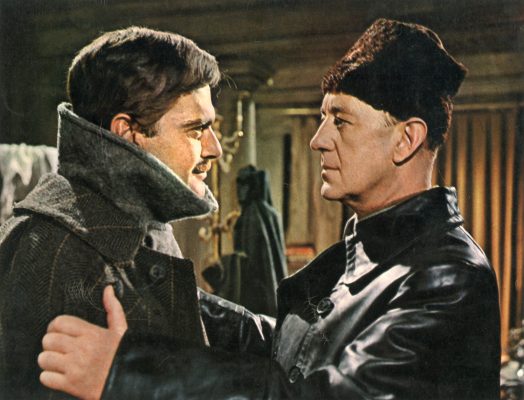“The task is very clear: we have to make our country as effective and strong as it takes for Russia to understand that each of its moves will receive a response,” President Volodymyr Zelenskyy told a meeting of arms manufacturers in Kyiv in the fall. “Making this happen is only possible with sufficient domestic military production.”
Ukrainian drone production has grown massively since the full-scale invasion but, while unmanned aerial vehicles (UAVs) have played a vital role in the war, they cannot win it alone. Building an industry to produce vital conventional weaponry, including shells and artillery, is more complex and ambitious, especially at a time when components and raw materials are scarce.
There will be a renewed focus on the production of explosives in 2024 and, according to Deputy Defense Minister Ivan Havryliuk, there are plans to rapidly increase the production of missiles, air defense systems, and other arms.
The government is allocating 255bn UAH ($6.8bn) to military production this year, which is still far from enough. The country needs to boost first-person view (FPV) drone production alone by 67% to hit its production target of 1 million a year, at a unit price of $500.
Ukraine has a long history of expertise in building, repairing, and adapting weapons, and has been making use of equipment deemed redundant in the US and other Western nations, repurposing air-to-air AIM-9 Sidewinder missiles, for example. Systems such as FrankenSAMs mold together Soviet-era vehicles and radars with Western-made anti-aircraft missiles.
Such “recycle-funding” might also work for financing the development of the defense industry. The Biden administration has been advocating for the redirection of more than $300bn in Russian central bank assets in the West to Ukraine.
Concerns have been raised about the reputation of Western central banks and their safe haven currencies and if such asset seizures were to take place, but hopes in Kyiv are high that the US and European allies, will go through with the required legislation. The White House is pressing the UK, France, Germany, Italy, Canada, and Japan to come up with a strategy for seizures in time for the second anniversary of the full-scale invasion in February.
Ukraine is establishing a special Defense Fund, operated by the eponymous ministry, which would aim to use profits from confiscated Russian assets in Ukraine and elsewhere to fund military infrastructure, the development of new technologies, and service personnel welfare, among other things.
To attract investment and build cooperation, Zelensky hosted a defense forum in Kyiv in September to bring together Western and Ukrainian defense companies. The goal was to convert Ukraine’s reliance on allies into partnerships that would help its defense industry become more self-sufficient. After the forum 38 companies from 19 countries joined a Defense Industries Alliance, the government said.
Ukraine and the US also confirmed plans for joint military production. Secretary of Defense Lloyd Austin stressed the importance of “strengthening Ukraine’s defense industrial base, both to maintain Ukraine’s current war effort and to bolster Ukraine’s national strength and deterrence long into the future.” The British arms maker BAE has meanwhile signed a deal to aid Ukraine’s arms industry.
Germany and France are each preparing to sign agreements with Ukraine for further defense partnerships, following the UK’s lead. There is also talk of closer collaboration with the developing world.

Kyiv said it will provide the necessary conditions for partnerships through a special economic regime for the defense industry and a special investment agency, though it has not given further details.
Haluk Bayraktar, CEO of Turkish arms manufacturer Baykar, and Timothy Ash, an economist and associate fellow at Chatham House, urged Ukraine to simplify its import-export licensing and improve the planning system of vacant land. In light of a sharp increase in private companies’ share of the defense industry, they also advised a switch to market pricing and reduced government control over manufacturers to stop them from moving production abroad.
New partnerships will allow Ukraine to make repairs and produce spare parts closer to where they are needed and return military equipment to the frontlines faster. In a prolonged war, production and engagement with the Western defense industry are recognized by the Kremlin as a threat to its war of aggression, and warnings about attacks on new facilities have already been made.
As more weapons are produced in Ukraine, the more its armed forces must develop technology and tactics to keep factories safe. Armin Papperger, CEO of Rheinmetall, offered a simple solution after the Kremlin specifically threatened his factory. It will be protected by the air defense systems his company produces.
Ukraine is grateful to everyone who has stood with it. But much more can come from the partnerships forged, and investments made; at best, the combination of Ukraine’s war-fighting experience and joint Western development could produce excellent systems with leap -rog technological capabilities.
Building of a new defense industry in Ukraine is a long-term investment in Europe’s security.
Kateryna Panasiuk is an author and journalist studying politics at the Ukrainian Catholic University. When war came to Ukraine, she set up a volunteer project to collect and share the stories of Ukrainians affected by the war.
Europe’s Edge is CEPA’s online journal covering critical topics on the foreign policy docket across Europe and North America. All opinions are those of the author and do not necessarily represent the position or views of the institutions they represent or the Center for European Policy Analysis.





